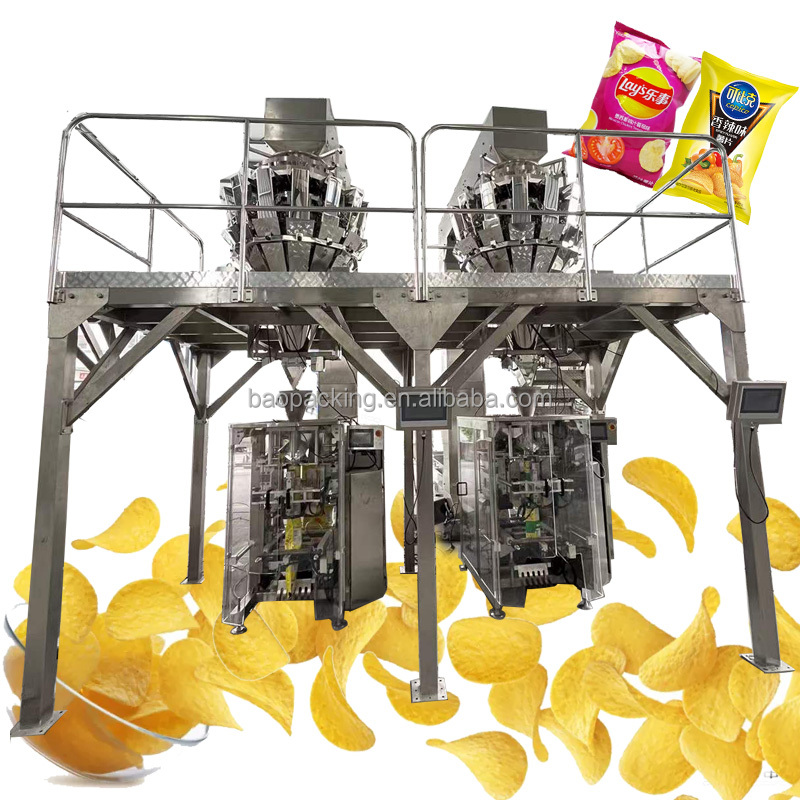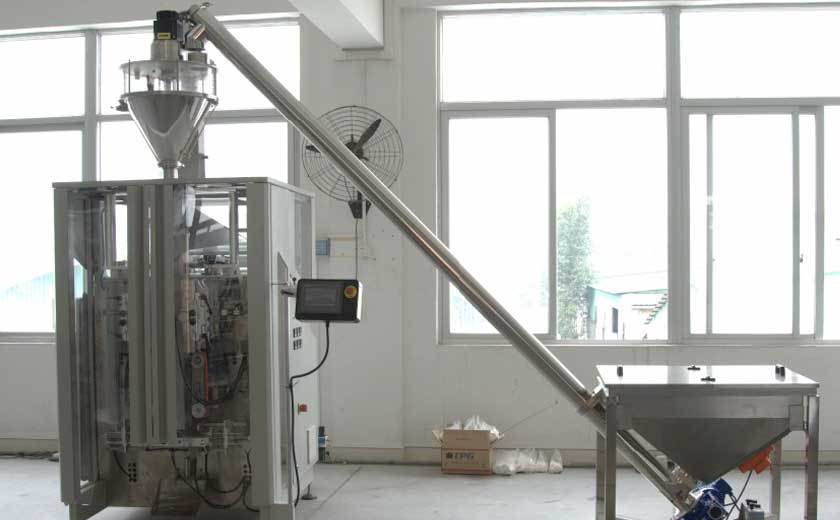Common Materials Used in Automatic Weight Filling Applications
Automatic weight filling applications handle the delicate task of dispensing precise amounts of liquid, powder, or granular products into containers. To ensure accuracy and reliability, these systems rely on durable and hygienic materials that can withstand the demanding nature of the filling process. This article explores the most common materials used in automatic weight filling applications, highlighting their unique properties and suitability for different products and environments.
Stainless Steel
Stainless steel is a highly versatile material that exudes corrosion resistance, durability, and ease of cleaning. Its ability to maintain structural integrity in harsh conditions makes it ideal for applications involving corrosive liquids, such as acids, bases, and solvents. Stainless steel’s smooth surface prevents product buildup and promotes hygienic operations, meeting the stringent sanitation standards of food and pharmaceutical industries. Moreover, its exceptional strength allows for the production of robust filling systems that can withstand the rigors of continuous operation.
Aluminum
Aluminum stands out for its lightweight yet robust properties. Its corrosion-resistant nature makes it suitable for applications involving mild acids, alkalis, and other non-abrasive products. Aluminum’s malleability enables the fabrication of complex shapes, allowing for intricate filling system designs. Additionally, its high thermal conductivity facilitates temperature control during the filling process, ensuring product consistency.
Polyethylene
Polyethylene is a food-grade plastic extensively used in the packaging and handling of liquid and solid products. Its inert nature makes it compatible with a wide range of materials, eliminating concerns about product contamination. Polyethylene’s high flexibility allows for the production of containers in various shapes and sizes, accommodating different product volumes and dispensing requirements. Its lightweight construction reduces transportation costs and ensures easy handling during packaging operations.
Polypropylene
Polypropylene, another food-grade plastic, offers exceptional chemical resistance and thermal stability. Its ability to withstand high temperatures makes it suitable for applications involving hot products or processes that require heat sterilization. Polypropylene’s strength and durability ensure the longevity of filling systems, contributing to their reliability in demanding production environments. Its resistance to moisture and chemicals further enhances its suitability for handling a variety of products.
The choice of materials for automatic weight filling applications depends on the specific products being handled, the operating environment, and the desired level of accuracy and hygiene. By understanding the unique properties of different materials, manufacturers can optimize their filling systems for maximum efficiency, reliability, and product integrity. From the corrosion resistance of stainless steel to the flexibility of polyethylene, these materials provide the foundation for precise and sanitary filling operations, ensuring the quality and consistency of products across industries.
-
Overview of Packaging Machine Buying Guides
08-01-2024 -
How Does a Vertical Form Fill Seal Machine Work?
30-10-2023 -
Advancements in Auger Powder Filling Technology
27-10-2023 -
A Deep Dive into Automatic Packaging Machines
26-10-2023 -
The Revolutionary Fully Automatic Potato Chips Packaging Machine
20-09-2023 -
How to choose the right packaging machine?
23-08-2023 -
Reducing Waste And Maximizing Yield With Multihead Weigher Machines
15-03-2023 -
Nuts Packaging Machine for Dry Products Perservation
26-11-2022 -
Is Automated Biscuit Packaging Machine Better Than Manual Opeartion?
25-11-2022













